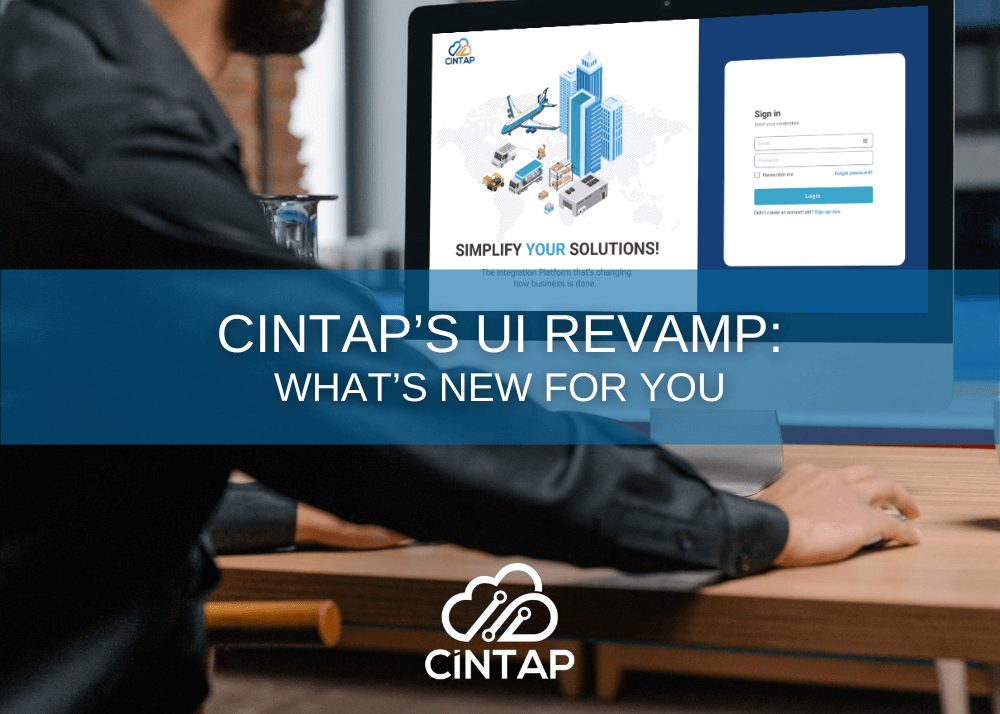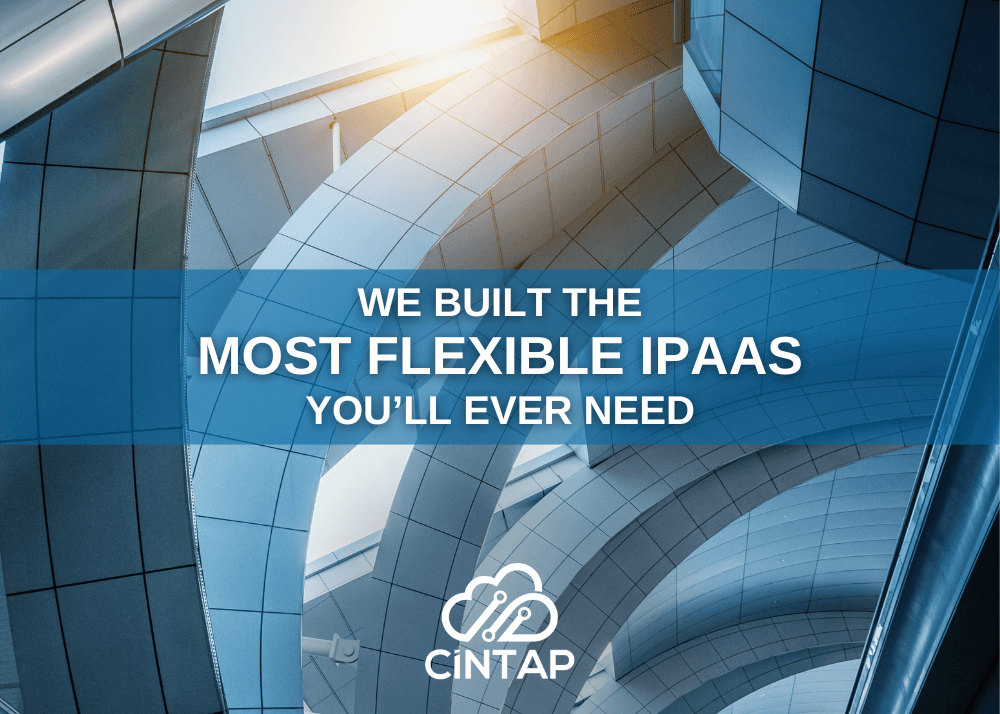
Your company needs Supply Chain Management, full stop.
Supply Chain Management (SCM) is the key to a better customer experience, improved visibility, and more efficient use of your business’ finances. So, how does it work?
SCM is the process of coordinating each step of the supply chain, from acquisition to distribution. You may be operating with some form of SCM already; working with suppliers, manufacturers, retailers, and customers to keep your company afloat. However, as your business expands, eventually you’ll need a more formal SCM operating system.
The Supply Chain in 8 Steps:
1. Supply
First, you’ll need to identify any raw materials or suppliers your business needs. You’ll need to do your research, find economic sources, and develop professional relationships with suppliers.
2. Getting Raw Materials
Once you’ve identified your sources, the next step is to somehow obtain the materials. Beyond how they will be transported, shipping costs, and delivery method, you’ll also need to decide how you’ll pay for your materials.
3. Production
When you have your materials in place, you’re prepared to produce your goods. Whether you are building components or finished products, you need a production plan in place.
4. Packaging & Shipping
Next, you’ll decide how to package and ship your goods. If using a warehouse, make a plan to ship and store your goods. If it’s possible to use specialized packaging, be sure to account for it when obtaining your materials.
5. Warehousing
Your warehouse will store and eventually distribute your products. While the warehouse should have its own Warehouse Management System, you’ll still need to manage any payments to the warehouse, packaging needs, and maintain end-to-end transparency.
6. Delivery
Once a customer places an order, have systems in place to ensure the delivery of your product. It doesn’t matter if you partner with a 3PL or if you decide on direct delivery; customers will expect transparency throughout the delivery process, as well as a speedy and mistake-free delivery.
7. Payment Processing
Another way you’ll prepare for a positive customer experience is with payment processing. Is payment due when an order is placed, or after delivery? Will customers pay your company directly or through a payment processor?
8. After-Sales Services
When the customer has received the product, you’ll need to be available to provide any after-sales services or support. This can include returns or exchanges, a help-desk, or receiving feedback from customers.
Challenges facing Supply Chain Management
There are 3 specific challenges facing businesses’ supply chain management today:
- Keeping up with technology and trends
- Visibility across the supply chain
- Security within the supply chain
Challenge #1: Keeping up with technology and trends
The biggest challenge facing supply chain management is the ability to keep up with the ever-evolving technological landscape. Your company needs to maintain a balance between cost, quality, and sustainability in order to remain competitive. But with new technology being developed every day, staying ahead of the curve is more difficult than ever.
Challenge #2: Visibility across the supply chain
Visibility in a business’ supply chain can be difficult to manage because of the sheer amount of data that needs to be monitored and analyzed. Product information, supplier locations, shipment routes, and delivery status. This data is likely scattered across multiple systems. Additionally, a lack of standardization in terms of data formats and protocols can make it difficult to share information across different systems for real-time updates.
Challenge #3: Security within the supply chain
Security within a business’ supply chain can be a strain on your company. Multiple layers of suppliers, vendors, and customers are involved. Each partner, 3PL, and operations system has its own levels of security protocols, but it’s difficult to keep up with them all! Additionally, if your company crosses any borders, the global nature of your supply chain could open you up to threats from literally all over the world.
iPaaS and Supply Chain Management

There are many systems, operations, and relationships that need to be built, managed, and maintained for your company to have a successful SCM. While your business grows, there will only be more details to keep track of. If there are any chinks in the system, you may suffer a complete breakdown!
Integration Platform as a Service (iPaaS)
Integration platform as a service (iPaaS) is defined as a cloud-based software that can assimilate data from different sources onto a single platform.
In other words, iPaaS is the key to successfully managing your supply chain (as well as its baggage!).
iPaaS and advancing technology in your supply chain
Because iPaaS can streamline the integration of different systems, applications, and data sources, you’re ensured the latest technology and data are available to the supply chain. iPaaS helps to automate the process of integrating different systems (which also reduces manual effort and the overall cost of managing your supply chain). Additionally, many platforms are also able to provide analytics and reports, which help you make better decisions in the evolving market.
iPaaS and visibility in your supply chain
iPaaS is a valuable tool for improving visibility across your supply chain. With automated access to data from multiple sources, iPaaS can help reduce manual errors and ensure that the most up-to-date information is available. This gives you an accurate picture of your entire supply chain, from production to customer delivery. Additionally, iPaaS can help to improve customer service by facilitating real-time tracking and providing up-to-date information about orders, shipments, and other supply chain activities. Finally, iPaaS can also help to streamline data integration and automate complex processes; which ultimately leads to increased visibility in your supply chain.
iPaaS and data security in your supply chain
Security won’t be an issue with iPaaS! When using iPaaS, trading partners can securely integrate their systems into your supply chain. It allows organizations to securely send and receive data between different applications and systems, while also providing secure authentication, authorization, and encryption. While each trading partner will have their own security systems and protocols, with iPaaS you’ll be able to manage your relationship with each partner seamlessly and with total peace of mind!
The secret to a successful supply chain: CINTAP Cloud
Are you looking for an iPaaS provider to help strengthen your supply chain technology, visibility, and data security?
Look no further!
CINTAP provides powerful, intuitive tools to help you manage your supply chain with precision, accuracy, and security. With our comprehensive visibility solutions and robust security protocols, you’ll be able to keep an eye on your supply chain operations and protect your sensitive data without any stress.
Get in touch with us today to learn more about how our iPaaS platform can help you streamline your supply chain operations!

Author – Carissa Getscher




